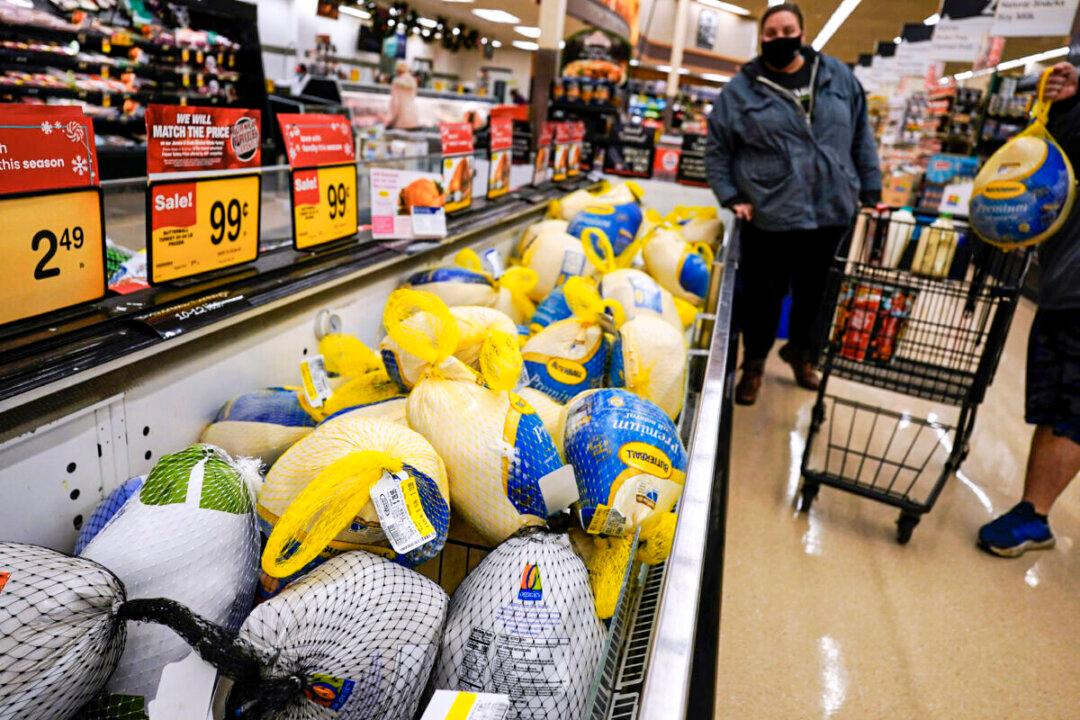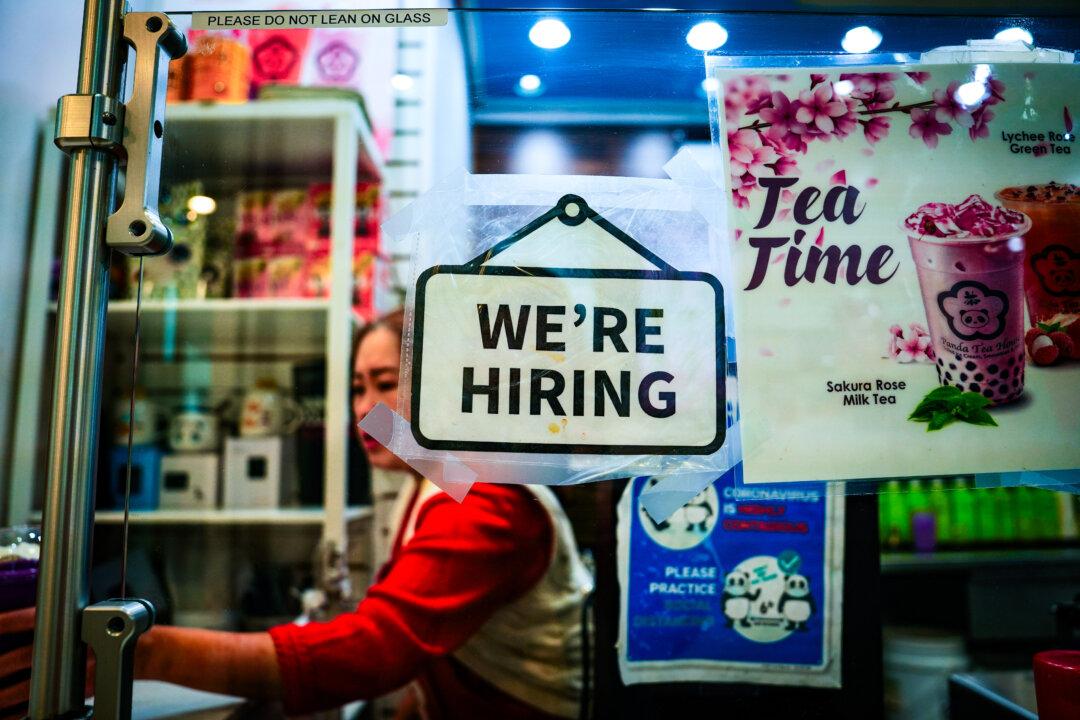It’s going to cost a lot more to feast on turkey, ham, and mashed potatoes at this year’s Thanksgiving dinner.
According to the American Farm Bureau Federation (AFBF), the typical Thanksgiving dinner includes the staples of a 16-pound turkey, a gallon of milk, potatoes, ham, and dinner rolls.





